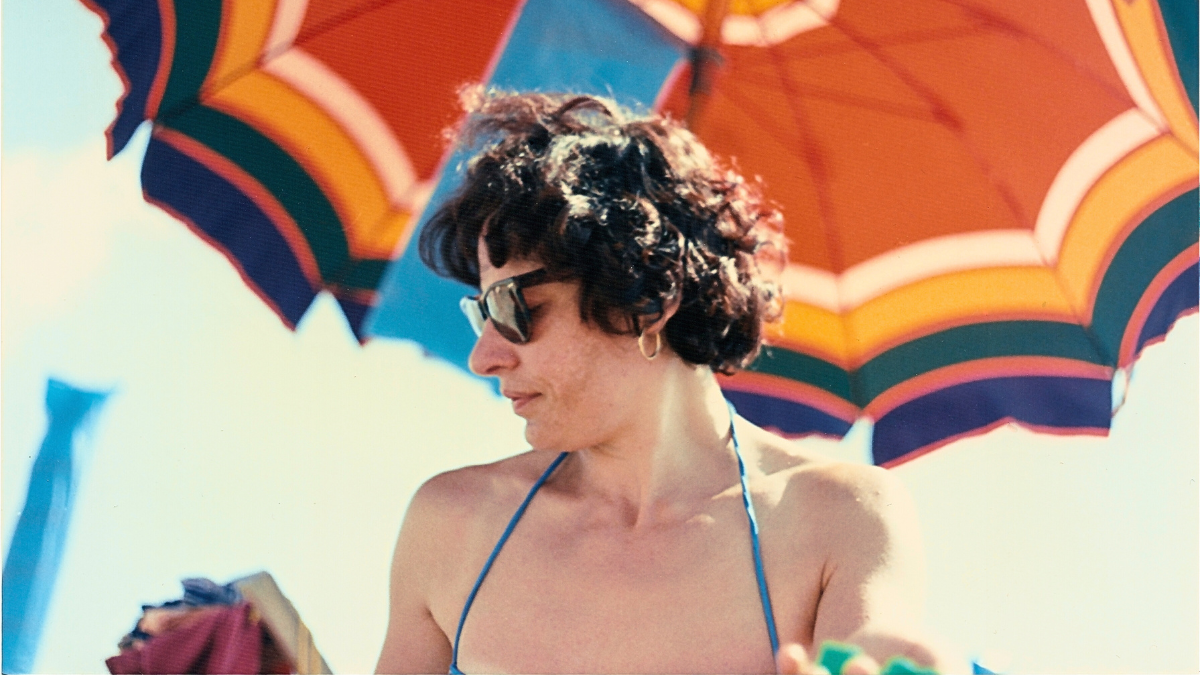
Italians can be masters of chaos. Traffic – it’s madness. Parking? Sideways, on the footpath, wherever. Queueing to get on a bus or a train – why bother they seem to say, let’s all move forward at once?
But when it comes to beach-going, there is ritual and order. Come summer, regimented rows of brilliantly coloured umbrellas flourish on beaches, stretching as far as the eye can see. With their co-ordinated sunbeds they are colour blocked as if for a fashion shoot.
From small coves at Portofino in the north to ritzy Positano and down to White Lotus territory at Taormina in Sicily (where you can catch a cable car to the beach), bagni or stabilimenti or beach clubs open for the season.
Going to the beach Italian-style is a unique experience, well worth trying at least once – because it’s not necessarily a budget excursion.
Prices vary from region to region, rates ramp up as the weather heats up. Weekends cost more, August is peak season and prime real estate is closest to the water.
Families often book for a week, a month or sometimes the entire season if they have a holiday house nearby. Some book a year in advance. If it’s high season, consider booking ahead.
Some areas, such as Rimini’s 15 kilometres of beach on Italy’s east coast, cost less, are often more crowded, cater for more families and bigger groups and have facilities from playgrounds to volleyball, or DJs spinning tunes (loudly, all day). If you holiday here, you really are holidaying like a local.
But many travellers want to experience la dolce vita at the more exclusive beach clubs.
It costs how much?
For example, a standard one umbrella and two sunbeds can cost on average for the day:
Tuscany – $32-$160
Lazio (Rome region) – $32-$56
Emilia-Romagna (Rimini and on the east coast) – $32-$64
Sicily – $44-$80.
Food, drinks and towels are extra. Fabulous people watching is free.
At the seriously high-end beach clubs, say Taormina in Sicily, luxurious Forte dei Marmi in Tuscany, or jetsetter Porto Cervo in Sardinia, a beach-club package could be $480 or more a day.
At the bagni
Like the locals, arrive early-ish in the day but not too early.
Nothing gets going too early in Italy, least of all when on holiday.
Pay your fee, which in most cases includes an umbrella, a sunbed (lettino), or just deckchair (depending on how smart the club is), plus access to change rooms, possibly a shower and a café/bar/restaurant.
At the smarter beach clubs you might hire a cabana (some look like glamping tents) and extra chairs, and your beach towels.

It’s always time to eat when you’re at the beach. Photo: Getty
It’s always time to eat
Once people settle in – because beach-going is very social – they begin ordering.
First up, mineral water, lethally strong espresso and sugary doughnuts or bomboloni. You can order too, and it’s brought to your lounge (leave a small tip for the waiter, it can be hot work).
Children retreat to the shallows or playground equipment.
Women adjust their bikinis – one-piece bathers are rare in Europe – and some extreme sunbaking takes place. Topless sunbathing is quite acceptable. Slip, slop, slap has not reached Italian beaches. There will, however, typically be a whiff of expensive suntan lotion (crema solare.)
Men head for the water, clustering in groups. The occasional man may swim briefly out to some rocks or similar. Swimming is not high on the agenda (though the water is usually crystal clear) and there might be a little beach football or volleyball.
By now, lunch is drawing near. At the more basic, family-oriented clubs, people often take food (a lot!). But at many bagni, menus will start circulating. Again, you can order from the café or bar – panini, salads and aperitivi (the ubiquitous Aperol spritz).
Many people will leave their lounges for a sit-down meal of substantial proportions. Three courses perhaps, with wine, followed by another powerful espresso.
A strong smell of fresh grilled seafood wafts across the lounges. If you want to eat at a restaurant, you may need to book a table, so check with the ‘lifeguards’ or bagnini during the morning.
The lifeguards – always deeply suntanned – are also effectively waiters, delivering ashtrays, food, drinks and towels and rearranging sunbeds which get out of alignment.
You are more likely to be bitten by a jellyfish than a shark, but it is reassuring to have them on duty (but it’s Italy, so they tend not to be on duty at lunchtime).
Sand, rocks and reef shoes
Many beaches have gritty sand or sharp pebbles or stones, and if this is the case and you want to go swimming, invest in a pair of rubberised reef shoes ($15-$40 at a local beach shop).
Those pebbles are surprisingly difficult, not to mention painful, to walk on and as you teeter to the water’s edge you can easily come crashing to your knees (speaking from experience!), which is not a sophisticated look.
By late afternoon, menus circulate again, and wine glasses and snacks start to appear (aperitivos). Music seems to rev up a bit at this point.
As the sun fades, partygoers make for the beach bars, while others head off for a gelato. Lifeguards rearrange sunbeds and brollies into orderly rows, ready for the next day.
Can you swim for free?
Most areas will have a ‘free beach’ or a spiaggia libera, though they can be quite small, not necessarily very clean and with minimal facilities – perhaps a toilet and a bar.
Well away from towns you can find more free beaches, and outside the summer season, umbrellas are packed up and all beaches are free.
NOTE – Euros converted to AUD at rate of 1 euro = $1.60 AUD (sadly!)




